As a tried and true means of transportation, trains offer passengers a unique travel experience. You’re treated to hidden, ground-level vistas and vantages of sometimes undisturbed terrain that are otherwise inaccessible to cars or planes. Compared to cars, trains cover much longer distances in less time; yet unlike airplanes, trains give passengers more time to soak in the journey between destinations.
But despite Canada and the US having some of the most extensive rail networks in the world, passenger trains are an often-overlooked option for leisure travel. This may not be the case for countries in Europe or Asia, where both tourist and commuter passenger trains enjoy significantly higher amounts of ridership. In fact, train travel has regained some of its momentum over the years, especially when you consider the ever-growing luxury travel niche.
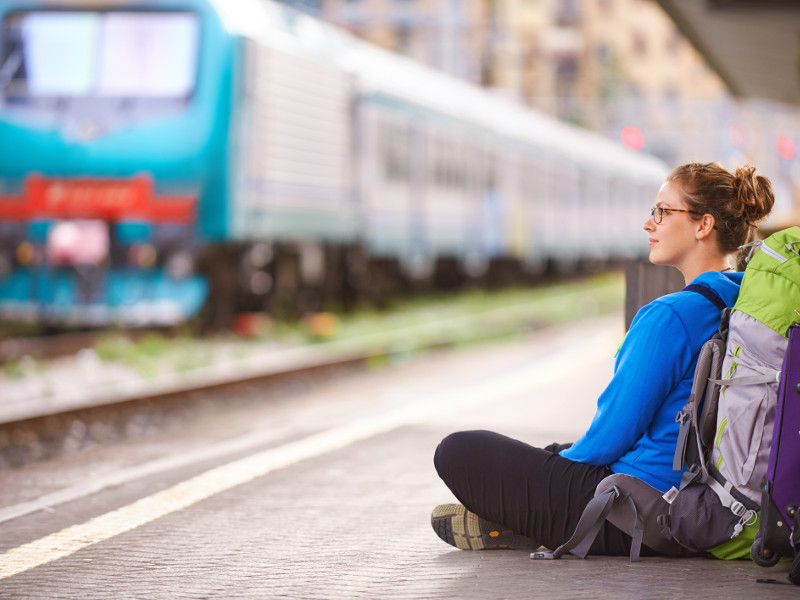
7 reasons to choose rail over air travel
It wasn’t until the Industrial Revolution and the invention of the steam locomotive that the full potential of railway transportation really took shape. Far removed from the age of steam, today we harness electricity or diesel fuel to power our trains, but the fundamental idea remains: trains are an efficient and cost-effective method of carrying passengers and transporting cargo, and they’re here to stay—even in the age of flight.
Here are a few reasons why, as a traveller, you might want to reconsider booking that seat on a plane the next time you want to go on vacation far away.
- Train ticket fares are more standardized and therefore more predictable than plane ticket fares—this saves travellers plenty of hours that would have been spent shopping for and comparing market prices online.
- Rail stations are typically located in central areas well within city limits. Compared to airports, their relative accessibility not only makes it easier for travellers to get on with their itineraries, but it also saves them added expenses of going to and from many areas of interest.
- The absence of airport-grade security (and those dreaded queues) makes boarding and disembarkation a more stress-free experience, especially if you’re travelling in larger groups or with young children or older seniors.
- Rail companies generally have less restrictive policies for checked-in baggage and carry-ons or personal items. Unlike many airlines these days, you shouldn’t expect to be charged for your first or even second pieces. And you’ll get to keep that harmless bottle of water with you, too!
- Although you won’t get to enjoy large-scale, birds-eye views of landscapes below (views which inevitably transition to monotonous cloudscapes for most of the trip anyway), you’ll certainly travel across panoramas with front-row seats to the entire spectacle.
- Some environments are more conducive to conversation among strangers. You can take advantage of the comfortable, relaxed atmosphere of trains and befriend other travellers on the same trip. Compare this to the high-altitude cramped spaces of the economy-class-plane-experience, where everyone is too busy waiting impatiently to get to their destination.
- Legroom!
Bonus: A train’s carbon footprint is significantly less than an airplane’s. Overall CO2 emissions from international and domestic flights worldwide reached a total of 781 million tonnes in 2015, making rail travel the greener travel option between the two.
Top Train Journeys
As much as they are a part of our heritage, trains have also cemented their place in popular culture. Fictional trains like Thomas the Tank Engine and his friends, the Hogwarts Express and even Soul Train (although not an actual mode of transportation, it is arguably a vehicle of fun and funk) make their rounds in conversation. And then there are the iconic trains of history, such as the Orient Express, which has the distinction of being the first luxury train in Europe, and the Flying Scotsman, having made its inaugural journey back 1862 and now operates a century-and-a-half later as a travelling museum exhibit.
These days, there are many rail journeys to choose from, including both short and long-haul routes. Each offers travellers an experience unique to the geography and cultural environment of the region(s) it navigates through. Here are some new and famous ones for you to try out:
The Canadian (where else but Canada?)
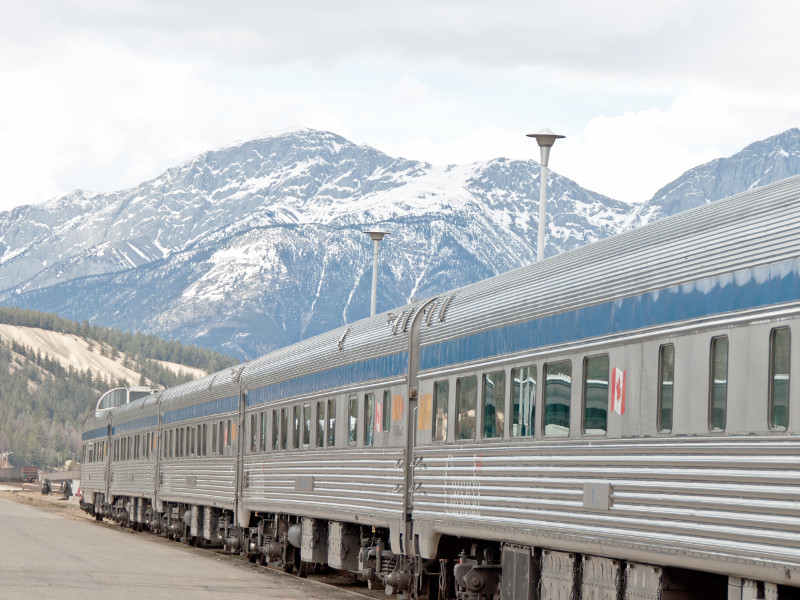
This 3-day, 4-night rail adventure runs through a scenic 4,466 km route between Vancouver and Toronto. The Rocky Mountaineer might get all the international recognition for being one of the world’s most scenic train rides, but this one acts as “your window to Canada” by taking passengers away from the urban landscapes of both metropolitan areas to the outer reaches of the Pacific Northwest, the Rockies, the Prairies, and everything else awe-inspiring about Canada’s landscapes in between. This is one of the best ways to travel across Canada to celebrate its 150th anniversary this year.
Trans-Siberian Express (Russia)
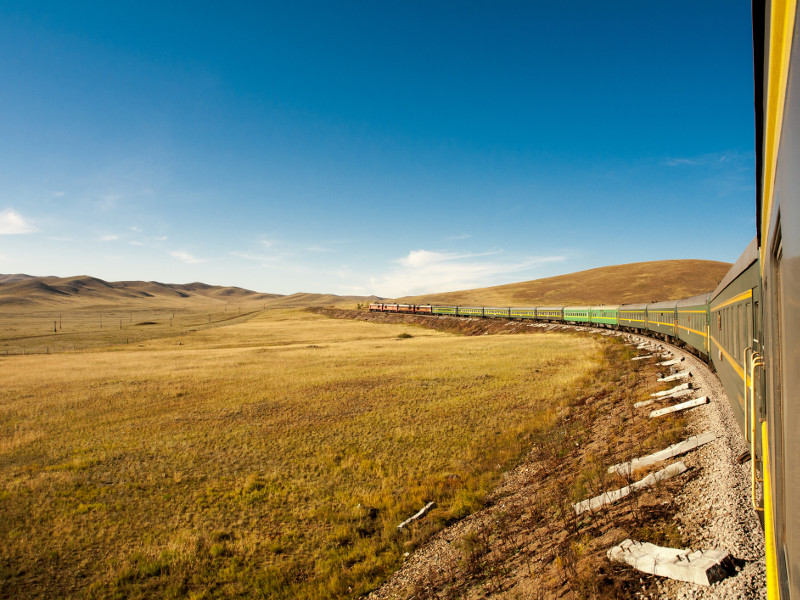
Completed in 1916, the world-famous Trans-Siberian railway stretches 9,258 km, making it the longest single-trip train ride. It takes 7 straight nights to get from Moscow to the far eastern city of Vladivostok (and vice versa), but there are also two routes that take passengers to Beijing: one through Mongolia and the other through Siberia-Manchuria. Note: the luxury option for this very same route is the Golden Eagle Trans-Siberian Express.
Suite Train Shiki-Shima (Japan)
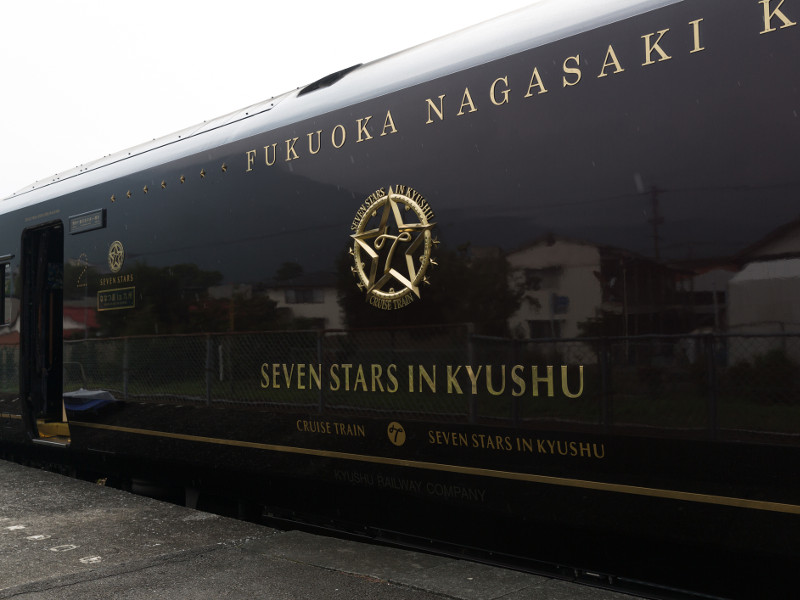
Japan rail travel is typically discussed in the same breath as the pioneering Shinkansen or “bullet train”, first introduced in the 1960s. But a brand-new luxury train, debuting in May 2017 has gotten many people talking. This 34-passenger train is made even more exclusive with its lottery-style application process, resulting in tickets already being sold out until 2018. The good news is that it’s not Japan’s only luxury line: Cruise Train Seven Stars has been operating since 2013 while the Twilight Express Mizukaze will make its debut in June.
Blue Train (South Africa)

This popular 1,600 km rail journey through some of Africa’s natural landscapes, from Pretoria (near Johannesburg) to seaside Cape Town in the south, gives travellers a five-star luxury hotel experience on wheels. Inside, passengers are treated to some of the finest vintage interiors; while outside, they’re treated to memorable sights unique to the southern part of the continent. Note: affordable alternatives would be the Shosholoza Meyl Premier Classe or Tourist Class sleeper trains.
The Ghan (Australia)
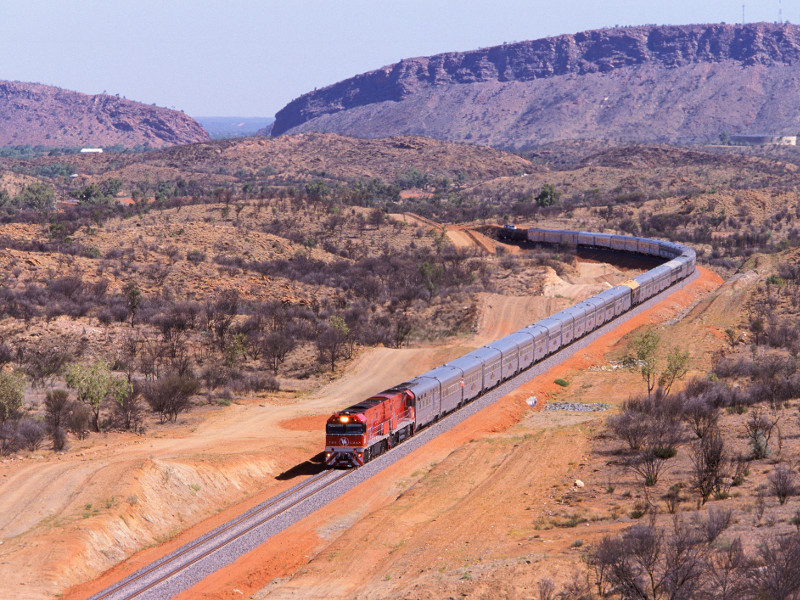
Operating since its first service in 1929, Australia’s most famous train runs 2,979 km north and south through the continent, from Darwin to Adelaide. For 4 days and 3 nights, passengers can enjoy the wide-open desert sprawl of the Outback, making a stop at the remote town of Alice Springs. Note: The Overland train, which is a favourite alternative among backpackers and travellers on a budget, transports you from Melbourne to Adelaide (and vice versa) for a shorter rail experience.
10 train travel and booking tips
Just like air travel, rail travel comes with its own set of game plans to make yours a much smoother voyage. Here are some helpful tips to help you stay on top and on track of your travel itinerary:
- Don’t book your train tickets at the last minute. Unlike airline tickets, where there’s a fair chance of snagging those last-minute deals, you should purchase your train tickets well in advance, especially to secure those limited spots on sleeper trains.
- Check around for timely promos and special offers. There are usually discounts available to members of different demographics, such as business travellers, students, seniors, children, larger groups and those with memberships to affiliated partners.
- Depending on your itinerary, rail passes are valid within a designated region and can save you plenty of money in the long run. For example, travelling across multiple countries in Europe with an Eurail Pass is a popular choice among backpackers and budget travellers.
- Be mindful of the train’s peak and off-season operating schedules when planning your vacation; some lines only operate during certain months of the year (due to varying weather conditions or seasonal influx of passengers).
- If you can afford to spend a bit of extra travel time, opt for the slower train options where available. While state-of-the-art high-speed trains are an efficient way to get from points A to B, they’re often considerably more expensive. Plus, you miss out on exciting views if you keep whizzing by at speeds over 300 km per hour!
- If you’d like to save on some travel time, opt for sleeper trains. Not only do you save on paying for accommodation at hotels, but you can leave the train station at night, go to sleep as you normally would, and wake up at your destination (or at least closer to it) without using up any precious daytime sightseeing hours.
- Although comfortable travel is important, luxury train fares can easily cost more than the price of economy class airline tickets, so pick a train based on route or destination rather than the interiors and in-train perks. That said, if you can afford it, luxury train travel is certainly a unique thing few travellers get to experience, so you might as well try it out, even just once!
- Pack for a cozy train ride, especially for long-haul rail journeys. Things like pillows and blankets, sleep masks, ear plugs, snacks or light meals and beverages, toiletries and books are often overlooked necessities.
- Be informed about the amenities available on the train. Lounge, dining and observation cars or carriages (with larger windows offering unobstructed views) can often be found at the far ends, so make use of these to break the monotony of sitting in your seat for long periods of time.
- Don’t forget to secure all-inclusive travel insurance before you depart. Most people simply rely on credit card travel insurance, but options are often limited so don’t forget to get proper coverage, even if you’re travelling by train within Canada.

Transcontinental travel has seen great change over the past century; with new technologies and rapid innovations in travel always on the horizon, it’s easy to take for granted what’s come and gone, and what’s stayed with us this whole time. Yet there’s no denying the train’s enduring old-world charm—it evokes a nostalgic sense of exploration as you venture through changing landscapes and seasons from the comfort of your train carriage. As rail travellers past and present can attest, there’s nothing quite like looking out the window of a train into a world full of new destinations and discoveries.
Have any train travel tips and experiences you’d like to share? Let us know in the comments below!
Enjoy your journey on the tracks,
Justin

Hi Gus,
Thanks for sharing your train memories with us! You probably took a slightly different route with your brothers back then, but has the landscape changed much from how you first remembered it? How do the two experiences compare to each other?
The White Pass & Yukon Route definitely looks like an incredible journey through both the nature and history of the area—not sure how this flew under our radar! It’d make a great addition to our train travel bucket list. Good tip about the caboose car—do you have any other travel tips for people planning a rail tour in Alaskan or the Yukon? We’d love to hear more of your train-related stories!
Happy Travels,
Justin
Hi Jyoti,
Glad you found the post helpful! We love to travel by train too and Europe is a fantastic country to travel across multiple destinations via train or bus. Have you travelled via Eurail? http://blog.tugo.com/en/blog/top-tips-for-eurail-travel/. Do share any tips to travel across Europe on a budget.
Happy Travels,
Shweta